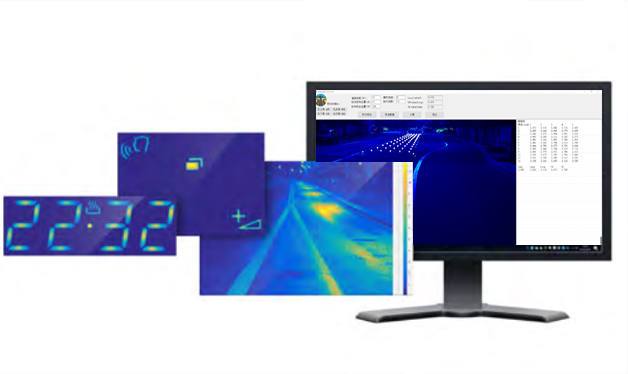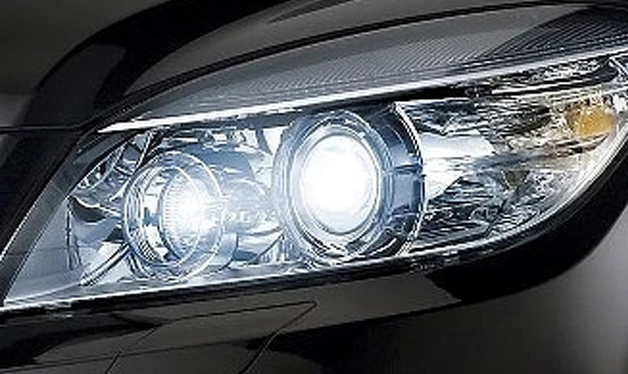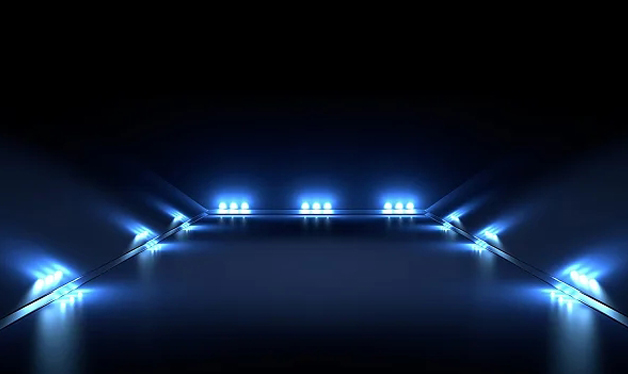Brightness is the most important quantity in lighting design and a key measure in road design and architectural lighting. In the simplest terms, this is also a measurement and can be defined as the luminosity (brightness) of objects and surfaces being observed.
Imaging colorimeters that obtain in a very short time a complete image showing the brightness distribution, from which selected points can be analyzed individually. This is a significant advantage over traditional spot luminance meters, which need to measure a selected spot one at a time, consuming a lot of time.
Lighting system quality description
Distribution measurement for quality control of lighting systems.
Designers and lighting companies often use design software and the visualization capabilities available to install lighting fixtures where brightness plays a key role. However, there is a big difference between the designer's assumptions and the design—the actual implementation of the lighting system. As the technical possibilities for LED luminaire construction and lighting control increase, so does the need for more reliable verification of lighting quality at the completion stage of construction works. Clients, clients or ordering parties are increasingly requesting lighting audit reports and declarations that the installation complies with design and order.
Headlamps and large light sources
Treatment Panel or Treatment Mask Analysis
Each point in the structured light pattern must be accurately located and the radiant intensity measured at the specified location.
Regardless of the structured light pattern or the position, shape or size of the light spot, the radiometric solution of iris can automatically identify the point of interest for each light point, and output the irradiance data, maximum intensity, minimum intensity, uniformity and other data of each light point.
LED Arrays and Light Strips
Direct Measurement of Color and Brightness
LED arrays are found in a wide range of lighting products, including indicator lights, signage, LED strips, and backlights. Our high-precision measurement systems help design engineers accurately characterize their product designs. They also test color and brightness for quality assurance in high-volume manufacturing operations.
The nearly-monochromatic (narrowband) output of most LEDs has historically made it difficult to acquire accurate color and luminance measurement using systems based on color filters. Radiant's systems combine highly-accurate filters with our patented HOPOOCOLOR?Imaging Colorimeter calibration technology to yield accurate chromaticity measurements while delivering the benefits of an image-based system. Our imaging colorimeters can also measure hundreds or even thousands of LEDs simultaneously.







